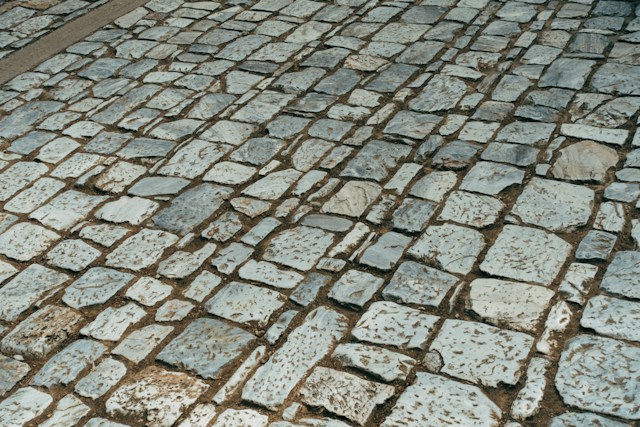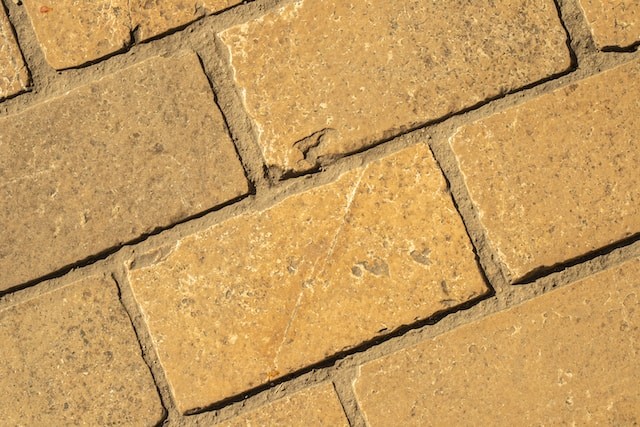Paving Stones for the Design of the House Territory of the House

Today, the question of how to lay paving stones is very relevant. Many suburban developers, knowing the excellent characteristics of this road material, give their preference to it when finishing paths, platforms and driveways on their own suburban plot. Therefore, in this article I would like to acquaint our readers with the building material itself and with the technology of its laying.
What is a paving stone
As mentioned above, this is a road material, like paving slabs, but differs from the latter in the thickness of the product. It is this dimensional indicator that makes the paving stone durable, capable of withstanding serious loads. Usually, this building material is laid on a sand cushion, tightly pressed against each other. If you are sure that you will not be able to do it yourself, then you should contact Block Paving Installers.

Historically, the main raw material for the production of paving stones is stone. Usually, it is either granite or sandstone. Both options are quite expensive, so artificial stone in the face of concrete has replaced them. Today, manufacturers offer polymer concrete, which weighs less than the pure concrete variety, but is not inferior to it in terms of performance characteristics. And in some positions, it is even better.
Today, manufacturers offer clinker paving stones. In fact, this is an ordinary brick of a certain shape and size. That is, in the production process, both the technology of pressing raw materials and its firing is used, which makes this material more expensive than the concrete variety.

Features of the choice of paving stones
It is clear that before laying paving stones, it must be purchased. And here the home master may face a big problem of choice, so rich is the range of products offered. Therefore, the advice is to finally decide what you want to see on your site.




